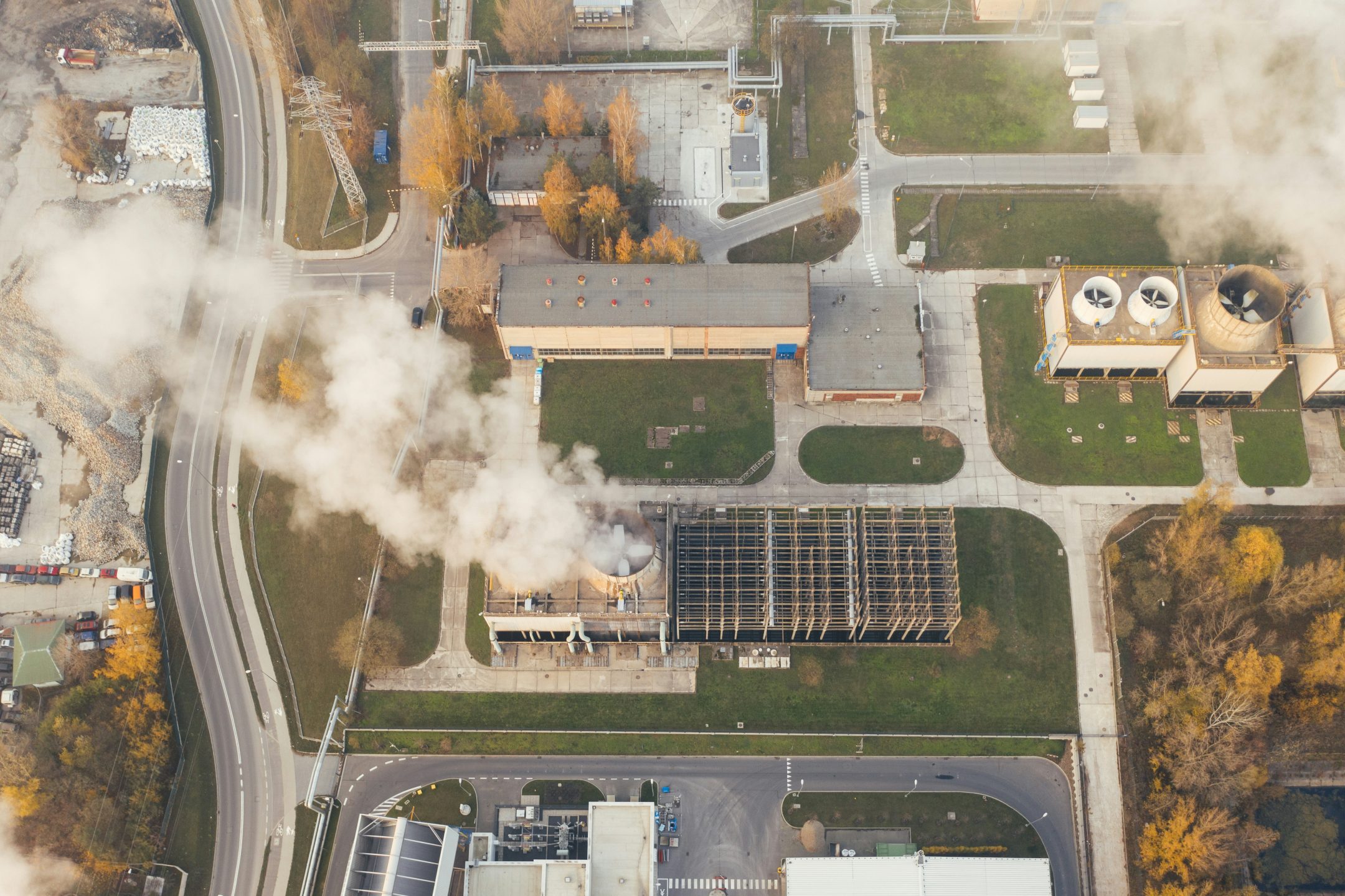
Carbon Capture and Catalysis
Quantum computing solutions to improve the energy measurements in computational catalysis involved in the process of carbon capture.
Owner
Status
Quantum Approach

Phase 0 – Idea

Quantum Simulation
SDGs

Impact/context
Catalysis plays a crucial role in industrial processes, including those that convert greenhouse gases like carbon dioxide into useful products such as methanol. By improving the accuracy of energy measurements for catalytic reactions, these processes could be optimized towards more viable and more sustainable clean energy solutions. Enhanced catalysis can lead to more efficient production methods that reduce energy consumption and decrease the environmental impact of chemical processes, aligning with the goals of sustainable energy management and low-carbon technologies.
How quantum could help
Quantum computing solutions could provide more accuracy in the description of molecular interactions, for instance for modelling CO2 capture with Metal-Organic Frameworks (MOFs), the local catalytic chemical reactivity, or the reaction and vibrational energetics of CO2–NH3 interaction.
References
Total Energies, Cambridge Quantum Computing (France, UK) (Quantum Simulation)
ETH Zurich, Microsoft Quantum (Switzerland, USA) (Quantum Simulation)
